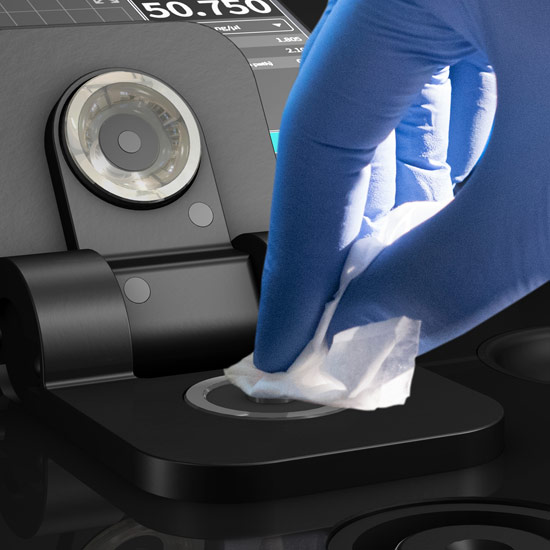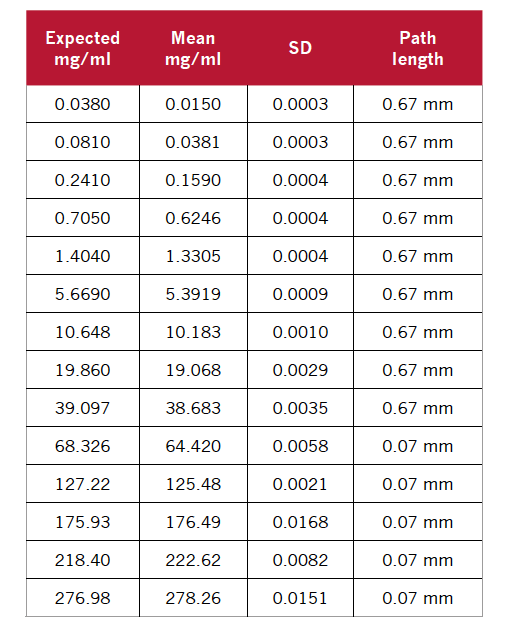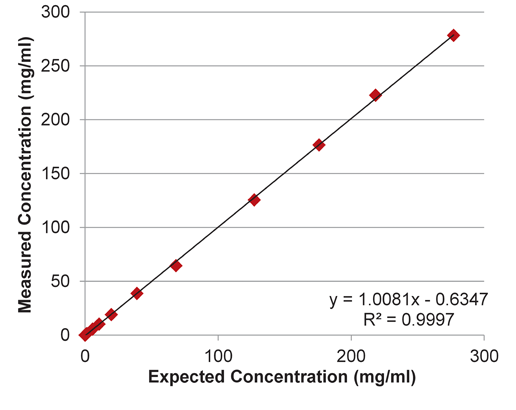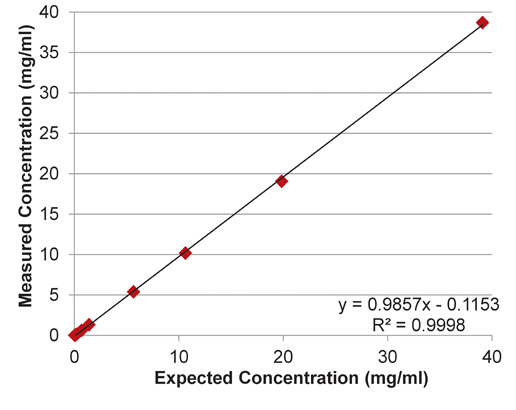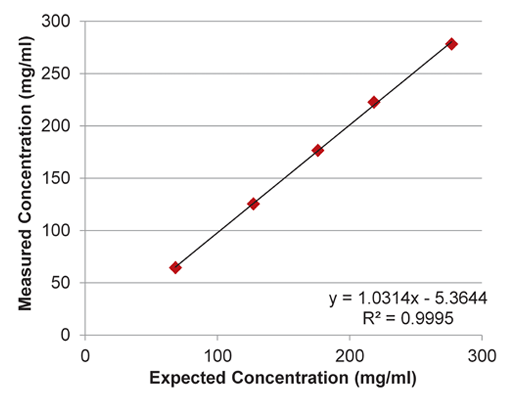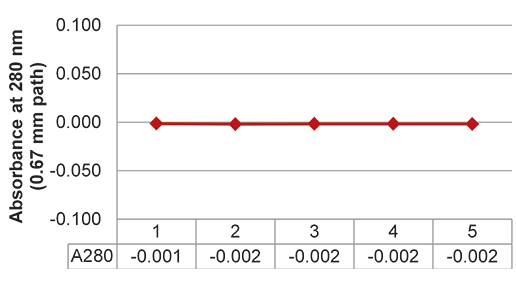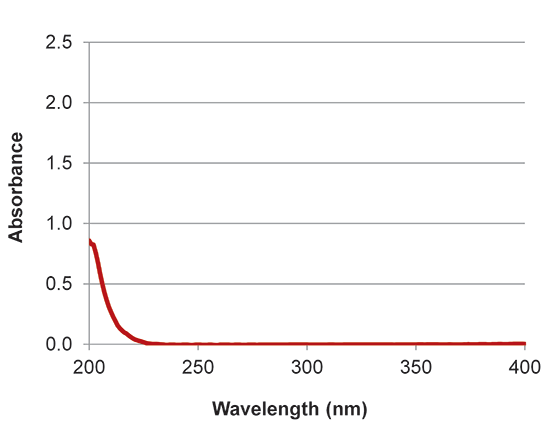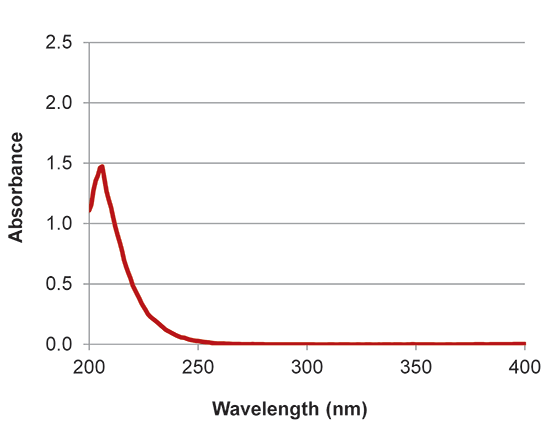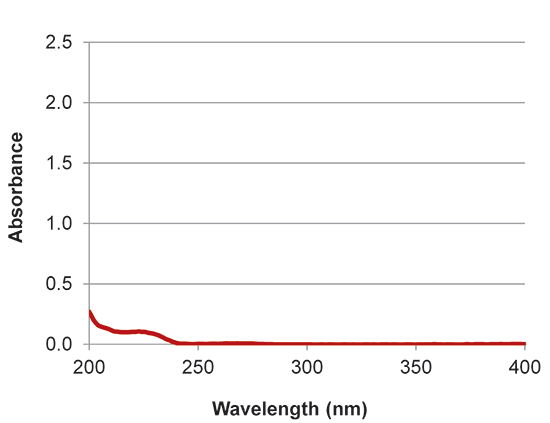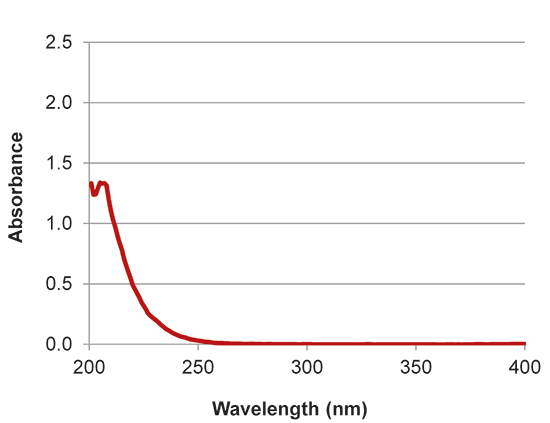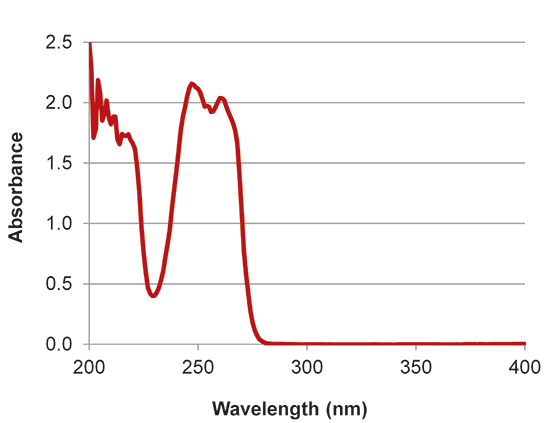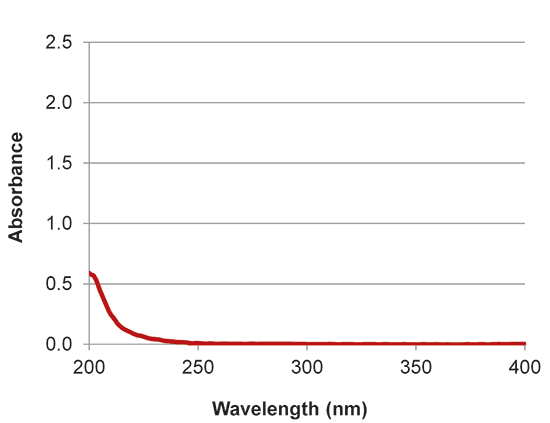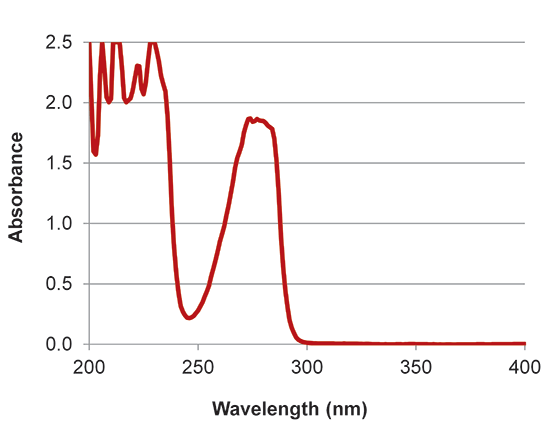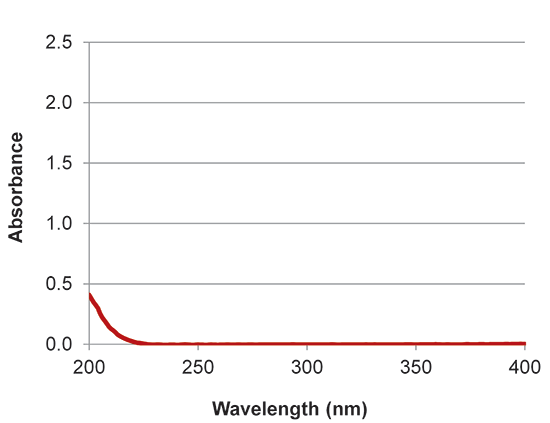Material & Methods
Bovine serum albumin (BSA) solution A7284 (Lot. SLBP4169V) from Sigma-Aldrich was used as stock solution. Different sample concentrations were achieved by dilution with defined amount of 1x PBS buffer. The dilution ratio was controlled by weight via microbalance (Sartorius BP221S). Expected absorbance values were measured in 10 mm quartz glass cuvettes (Hellma Analytics 100-QS) with UV/VIS spectrometer UVIKON XL (serial number 110178). All measurements were done on the Protein UV Spectrophotometer, NanoPhotometer® NP80 (serial number M80706).
Each protein concentration was measured using Protein UV Spectrophotometer NP80 five times without prior dilution using a sample volume of 1 μl. Each sample was vortexed before every measurement to ensure sample homogeneity. After each measurement, the pedestal and the lid of Protein UV Spectrophotometer NP80 were cleaned with a slightly wet lint free tissue and a new aliquot of the sample was pipetted.
